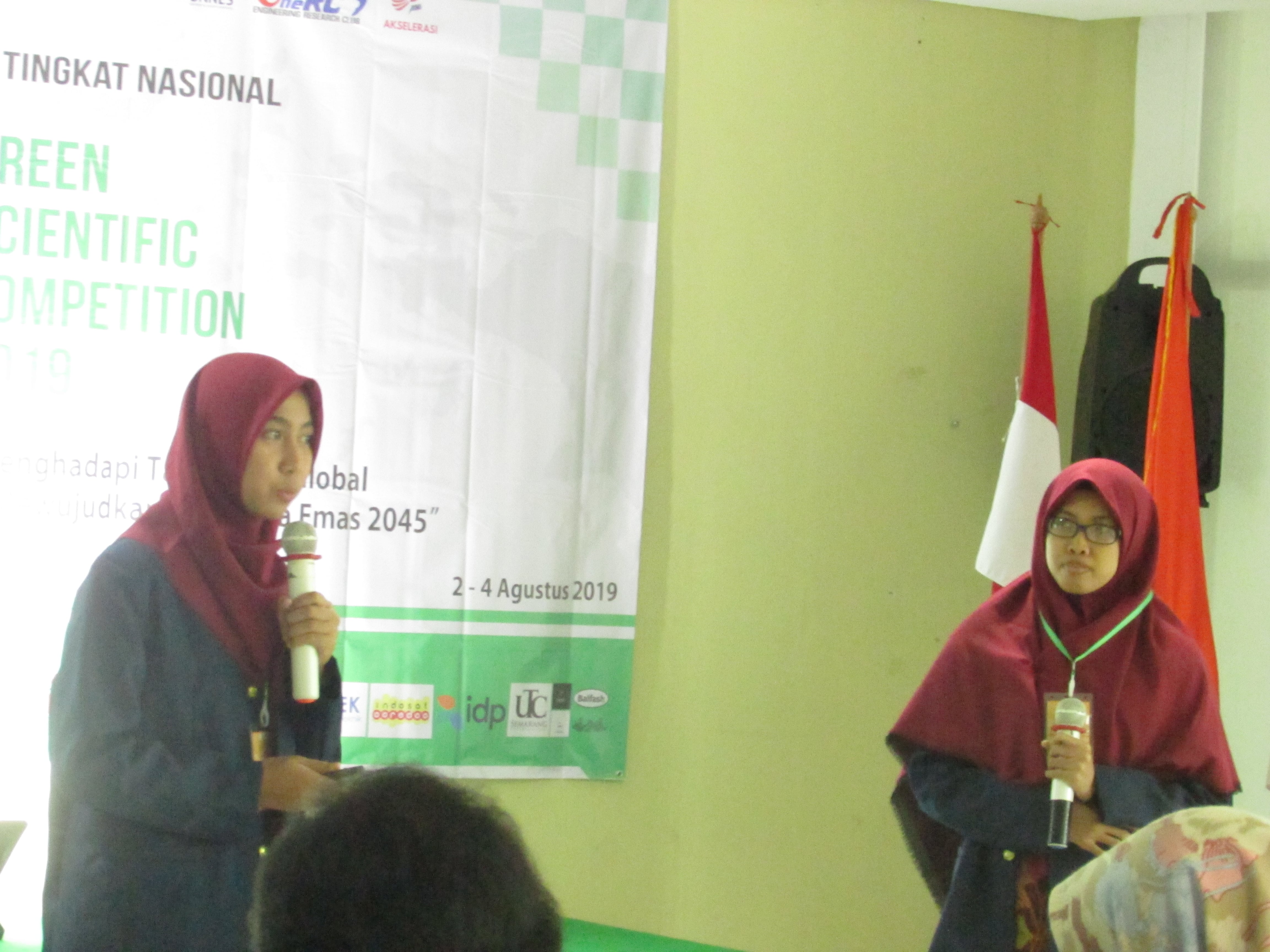Diabetes mellitus is a chronic condition that influences numerous people worldwide. It happens when the body’s capacity to manage blood sugar degrees is impaired. Detecting diabetes is essential for effective administration and treatment of the condition. In this post, we will certainly check out the numerous approaches made use of to identify diabetes mellitus, consisting of the various kinds of tests and testings offered.
Recognizing Diabetes mellitus
Prior to delving into the diagnostic procedures, it is necessary to have a basic understanding of diabetes. The problem is identified by high blood sugar level degrees, either as a result of poor manufacturing of insulin (a hormonal agent responsible for managing blood glucose) or the body’s failure to use insulin efficiently.
There are three main kinds of diabetic issues:
- Kind 1 diabetes: This thuốc glucoactive có tốt không type is generally diagnosed in childhood or teenage years and happens when the body does not create enough insulin.
- Kind 2 diabetes mellitus: The most usual type, generally diagnosed in adulthood. It takes place when the body comes to be resistant to insulin or does not produce adequate to keep regular blood sugar levels.
- Gestational diabetes: This type of diabetes takes place during pregnancy and usually vanishes after childbirth. However, women that have actually had gestational diabetes mellitus go to a higher risk of establishing kind 2 diabetic issues in the future.
Analysis Tests for Diabetes Mellitus
Diagnosing diabetes mellitus involves a collection of tests and screenings carried out by health care specialists. These examinations intend to gauge blood sugar level levels, evaluate the body’s insulin manufacturing and use, and determine any type of potential complications. The complying with are the primary diagnostic tests made use of for diabetes mellitus:
Fasting Plasma Sugar Test (FPG)
The Fasting Plasma Sugar Test is an usual analysis device made use of to evaluate blood glucose degrees after fasting for a minimum of 8 hours. The examination gauges sugar degrees in milligrams per deciliter (mg/dL) of blood. A fasting blood sugar level of 126 mg/dL or greater on two separate celebrations usually indicates diabetes mellitus.
Dental Sugar Tolerance Examination (OGTT)
The Dental Glucose Tolerance Test is mostly utilized to diagnose gestational diabetic issues. It entails fasting for at least 8 hours, taking in a glucose-rich beverage, and after that gauging blood sugar degrees two hours after usage. A blood sugar degree of 200 mg/dL or higher suggests diabetes.
Hemoglobin A1C Test (HbA1c)
The Hemoglobin A1C test gives a total picture of an individual’s blood sugar level levels over the previous 2 to 3 months. It gauges the percentage of glycated hemoglobin in the blood. An outcome of 6.5% or greater is indicative of diabetic issues.
Additional Screening and Diagnostic Devices
In specific instances, healthcare experts might make use of additional screening and diagnostic tools to confirm or keep an eye on diabetes mellitus. These include:
- Random Blood Sugar Level Test: This examination determines blood sugar degrees at any type of given time, no matter the last dish.
- Glycated Albumin (GA) Examination: The GA examination assists determine short-term blood sugar control.
- C-Peptide Examination: This test gauges the quantity of C-peptide in the blood, suggesting the body’s insulin production.
- Urine Tests: Pee tests might be conducted to discover the presence of ketones, which indicate diabetic ketoacidosis (a possibly dangerous problem) or to keep an eye on kidney feature.
When to Look For Medical Guidance
If you experience symptoms such as regular peeing, too much thirst, inexplicable weight-loss, or persistent fatigue, it is crucial to speak with a health care professional. These signs and symptoms may show the existence of diabetes or other clinical problems that require attention.
Bear in mind, very early detection and diagnosis of cardioton caps uses in hindi diabetes are essential for efficient administration and prevention of difficulties.
In Conclusion
Identifying diabetic issues entails a variety of tests and testings that determine blood sugar degrees, assess insulin production and use, and keep track of prospective problems. The Fasting Plasma Sugar Test, Oral Glucose Tolerance Test, and Hemoglobin A1C test are amongst the primary diagnostic devices utilized by health care professionals. Looking for clinical advice when experiencing signs and symptoms related to diabetic issues is vital for very early detection and proper administration of the condition. Keep in mind, appropriate diagnosis and therapy are vital to living a healthy and balanced and meeting life with diabetic issues.





